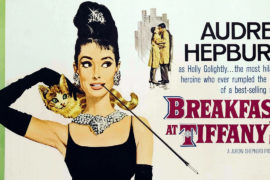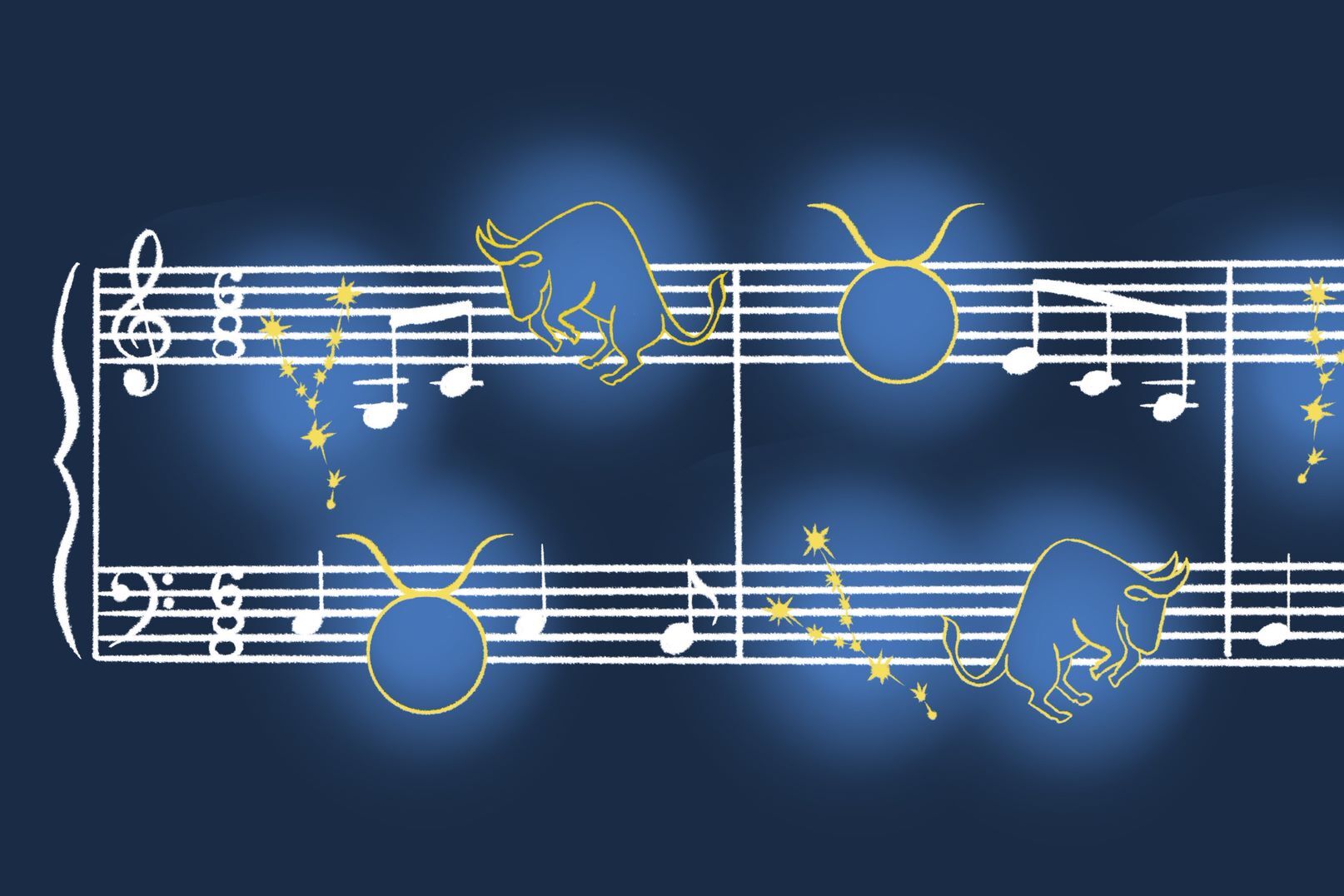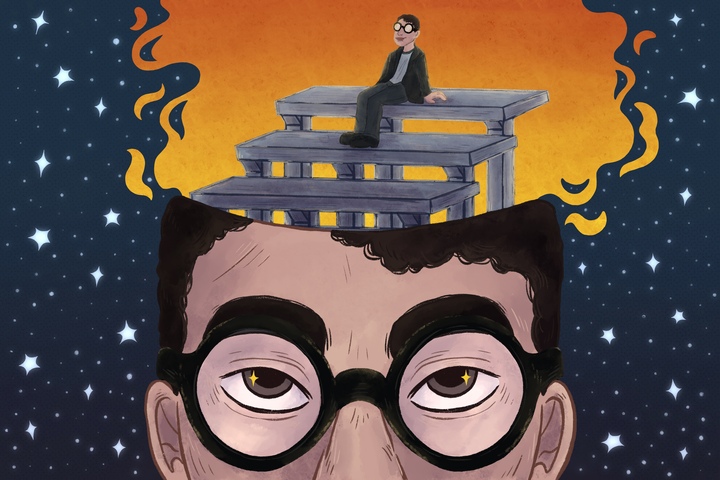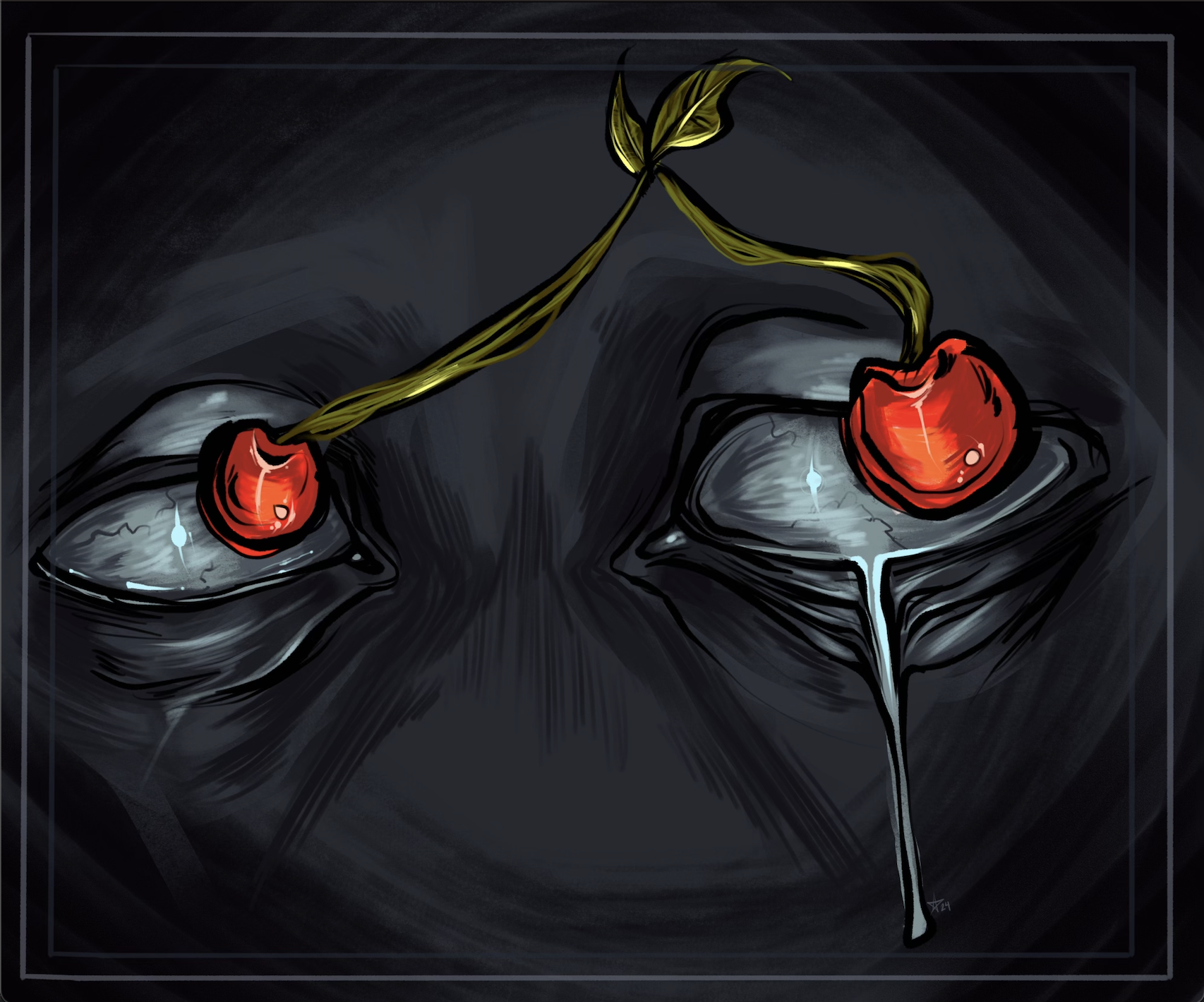As a cinephile, it can be easy to idolize the filmmakers and actors of our favorite films. The dazzling shots, the funny one liners, and stunning styles make us fall in love and want to get to know the auteurs of our time.
Yet, we must remind ourselves that what we see on the screen, is not what we see in real life. The twenty foot giants that glide on our movie screens are not our best friends, our boy/girlfriends, or our family. They present us with a fantasy, and we accept it.
We should ask ourselves a lot of questions about which fantasies are good and which ones are harmful, but many can agree that the realm of cinema is a bit of a mixed bag. Films can inspire change, influence generations to come, and open up new ways of thinking.
Film is still one of the best forms of fantasy for the modern person. It’s a one to two hour long realm of escapism, free to be whatever the realm dictates itself to be. With that said, what is a more iconic fantasy, than a beautiful brunette in a black cocktail dress staring into the window of Tiffany & Co.?
Based on Truman Copote’s novella, Breakfast at Tiffany’s is about a down on his luck writer, Paul Varjak (George Peppard), who moves to New York City. By a moment of chance, he meets his downstairs neighbor, Holly Golightly (Audrey Hepburn). The wild and eccentric call girl flips his life upside down as the two deal with Holly’s crazy clientele, suitors of the foreign and rich variety, and a ghost of Holly’s shadowy past, all while the two deny a budding love for one another.
Now, before I talk this film any further, I feel I must address the issue that plagues this classic. Mickey Rooney donning yellowface as Mr. Yunioshi.
As I watch Mickey Rooney:
Ellen: What am I looking at? Who said yes to this?
It is a gross miscasting that remains a black spot on an otherwise perfect film. Is he a throw away character who only shows up in one scene? No. He’s a recurring character throughout the whole film. Supposed to be the comedic relief, he’s a clumsy man who constantly knocks into the items of his heavily japanese decorated home. It’s “Ha ha! He wouldn’t have knocked into that paper lamp if it was hung there. But since he has to have his home in the traditional japanese fashion, we can make fun of him when he knocks into stuff because it’s his fault his home’s like that.”
Thankfully he is in the film for less than ten minutes so you don’t have to look at him for so long. The majority of the film is spent on our two main leads, Holly and Paul.
In her most well known role, Hepburn is mesmerizing as Holly Golightly, despite Truman Capote’s lack of faith. (Just remember that Stephen King hated Stanley Kubrick’s film adaptation of The Shining. The author is not always right.)
She does act a bit more melodramatic than I am used to as I’ve been more acquainted with method and Shakespearean trained actors. Her reactions are more theatrical compared to more modern movies, but that’s a minor problem with the film.
Her chemistry with Paul works great. They are close, but always at a distance. Her flirtatious nature with every man she meets is playful and harmless. However, I think her best relationship is with her cat, Cat. Appropriately named. “A couple of no-named slobs…” Holly says. She pretends that she doesn’t care about anything, even her own pet, sending it out into the cold rain to prove a point. Yet she comes to her senses and runs back to him in the end.
Peppard’s Paul is alright, just a plain main character who learns half of the information of the film along with the audience. Most of his performance is a reaction to Holly’s decisions. That is made up for, however, when we learn that [SPOILERS] he is having an affair with an older woman. Interesting. He’s at first a boring and flawed character, but after a while, you learn that he has some heart and deserves to get a happy ending with the original Manic Pixie Dream Girl.
The side characters of the film also work to it’s advantage. Let’s just ignore Mickey Rooney and proceed onward. Holly’s two suitors, Rusty and José are both funny and memorable in their own ways. One of my favorite characters was Doc Golightly, a man who wants to help the woman he loves, but knows what’s right and what’s wrong.
Blake Edwards’s directing and George Axelrod’s screenplay go hand in hand as the script reads like an 80’s soap opera, but still carries enough weight and charisma that you genuinely care for the characters.
The cinematography done by Franz F. Planer and Philip H. Lathrop (uncredited) is serviceable, while editing (Howard Smith) is done as well as to be expected in the studio system of Hollywood. It’s good, clean and simple. Not as experimental as say an Orson Welles’ project.
One aspect about the film that I could gush over for hours is the Edith Head designed costumes. Nominated for twenty five Oscars, winning seven, Edith Head’s designs for the film have gone down in movie legend. The black dress worn in the first five minutes of the film has become one of the most recognizable pieces of clothing ever to hit the big screen. Every look that Holly wears, I want to rip out of the television and put in my closet.
The film’s run time is about one hundred and fifteen minutes, but the pacing of it makes it feel even longer. The story is just a jumble of random events that happen over a long period of time, but they feel like they just happen out of the blue. I have no issue with that, but for people who like quick and painless films, and not ones that kinda wander around aimlessly for a while, then this might not be the one for you.
What can I say, I do love this film. It’s funny, it’s sad, it knows when to be loud and when to be quiet. It’s characters are fleshed out, even though the story may not be at times. Great actors, writers, editors and direction went into this film and it will not leave you disappointed.
Curl up with your favorite cat and enjoy, Breakfast at Tiffany’s.

4.5 out of 5 cats



